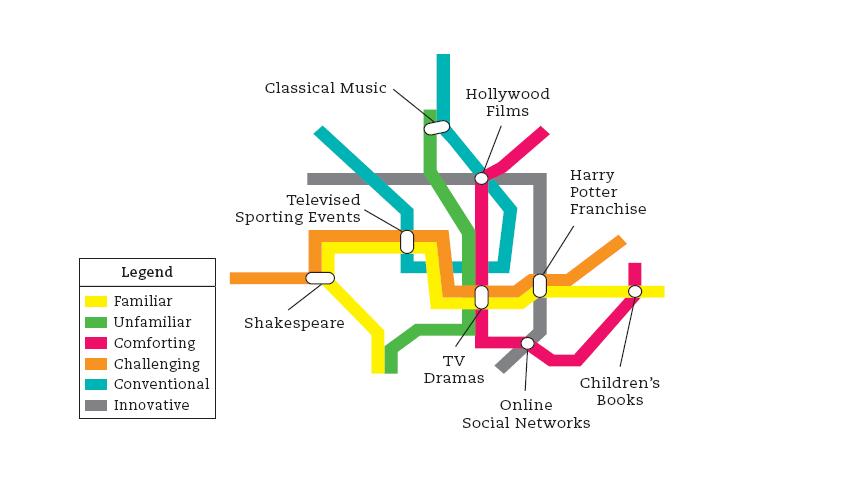Chapter 1 Visual Activities 1
Chapter 1 Visual Activities 1
CHAPTER 1: MASS COMMUNICATION: A CRITICAL APPROACH
Focus Question
Do you agree with the placement of these cultural products on the map? Why or why not?
Culture as a Map

1 of 2
Short-Answer Questions
Question
QcSv7u21ZvXh4cAAf2JHcb8QTG3jXcpfDDFGaiwPZd6iXE9InKzLVK1VIBSBL2Z6mfVdRDq+fZqGIINgqjyhfHypv+jD22+b1g4L1bdx+yFpEN1Jds9xYEvCsCGvg28iKo00+swefwil8RvNDXW/jxO/bsk=In this “culture as a map model,” particular examples are placed in certain spots based on a combination of personal taste and the aesthetic judgments our society makes at particular historical times. Examples are placed at “stations” of the map where different tendencies intersect because this model allows for the fact that a cultural product can demonstrate multiple characteristics.
2 of 2
Question
wREP/NtIumdT+I+1yw6uqSu1uEg4hdbybIPN5DwRM4T+NWSN56JjLzptf5AT2T+Mx2gLE12NYr8kXSpmjU2A23cOxHel5/dvozfJ3bMvy1S/OQiUipf4aOml1oc5//y6PLfhcjTrGfttOQGnIbGsKcgMmSpSaNqu+ZU6GKxGUnizGxEHViewing culture as a map allows us to better account for our individual and varied tastes because it suggests that we can pursue many connections from one cultural place to another and can appreciate a variety of cultural experiences without simply ranking them as either high culture or low culture. Because this map is multidirectional and has intersecting elements, it makes for a more inclusive and flexible way of imagining how culture works.